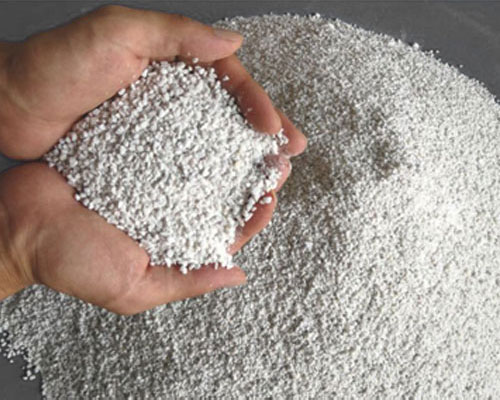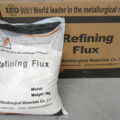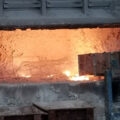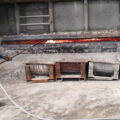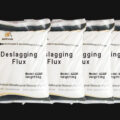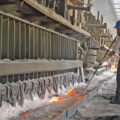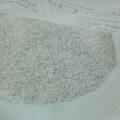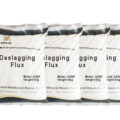Aluminium casting refining flux is the most common method to eliminate pinholes in aluminum alloy castings. In order not to cause a lot of splashing of molten aluminum, refining flux can be added in batches, and degassing ends the slag removal.
When aluminum alloy is melted, hydrogen is needed to dissolve into molten aluminum. Therefore, strengthening the control of smelting process is very helpful to control the intake of aluminum alloy. Production practice shows that hydrogen absorption of molten aluminum is carried out on the surface. It is not only related to the partial pressure on the surface of molten aluminum, but also to the melting temperature and time of the alloy.
The higher the melting temperature, the longer the melting time and retention time of molten aluminum, the more sufficient hydrogen diffusion in molten aluminum, and the greater the amount of hydrogen absorbed by molten aluminum, the greater the possibility of melting. The needle appears. There was an experiment. The longer the storage time of molten aluminum is, the more gas content in aluminum alloy increases approximately. Therefore, in order to reduce the hydrogen absorption in the process of aluminum alloy melting, the aluminum alloy melting process must be strictly implemented.
Pinhole is a kind of casting defect, which is easy to appear in aluminum alloy casting, and has a certain impact on the quality of the casting. Hydrogen is the main cause of pore formation, and the main source of hydrogen is the decomposition of water vapor. Oily dirt, organic matter and salt flux brought by metal charging or reflux charging can react with molten aluminum to generate hydrogen. The reason of water vapor in aluminum alloy smelting is the main factor that directly affects the pinhole formation.
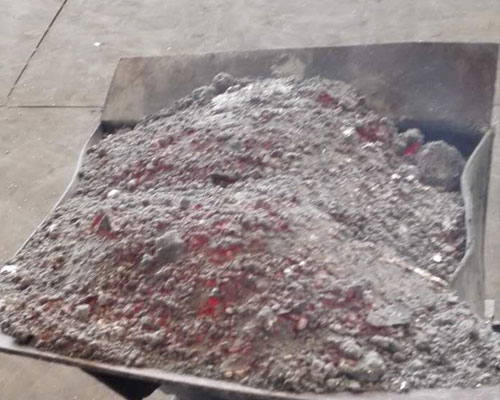
After proper heat treatment and screening, the size of the aluminium casting refining flux is uniform, which is conducive to the transfer of aluminum melt in the refining tank with (N2 or AR) gas as carrier.
Through the physical and chemical changes of aluminum melt, many small bubbles are formed, which do not completely contact with the aluminum melt, thus separating hydrogen and other harmful gases. At the same time, the adsorption and melting compounds contained in refining flux can strongly adsorb and fuse oxides and floats, adhere to bubbles, and carry them to the surface of molten aluminum with the rise of bubbles, so as to realize degassing and slag removal, and the purpose is purification.
Degassing with refining agent is environmentally friendly and economical, and can meet the requirements of aviation, transportation and other aluminum alloy precision casting products with high added value and high-tech performance, such as computer hard disk, micron grade aluminum foil raw material.

